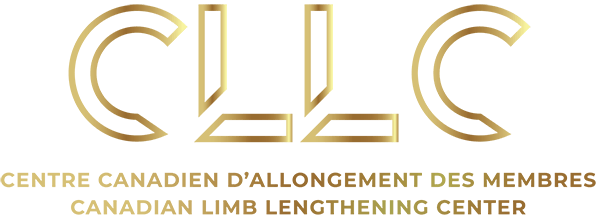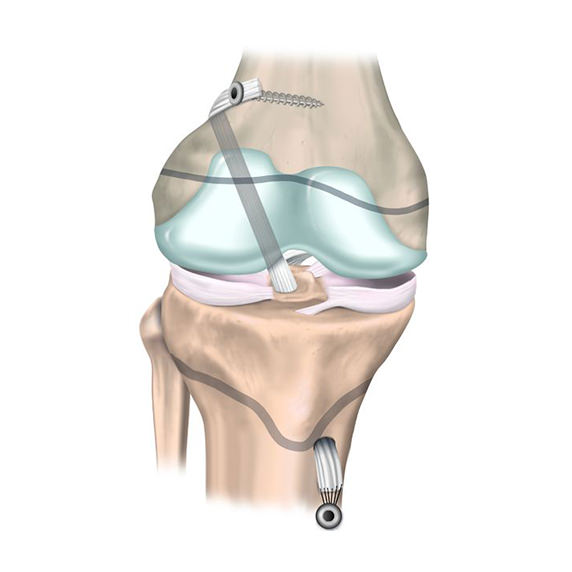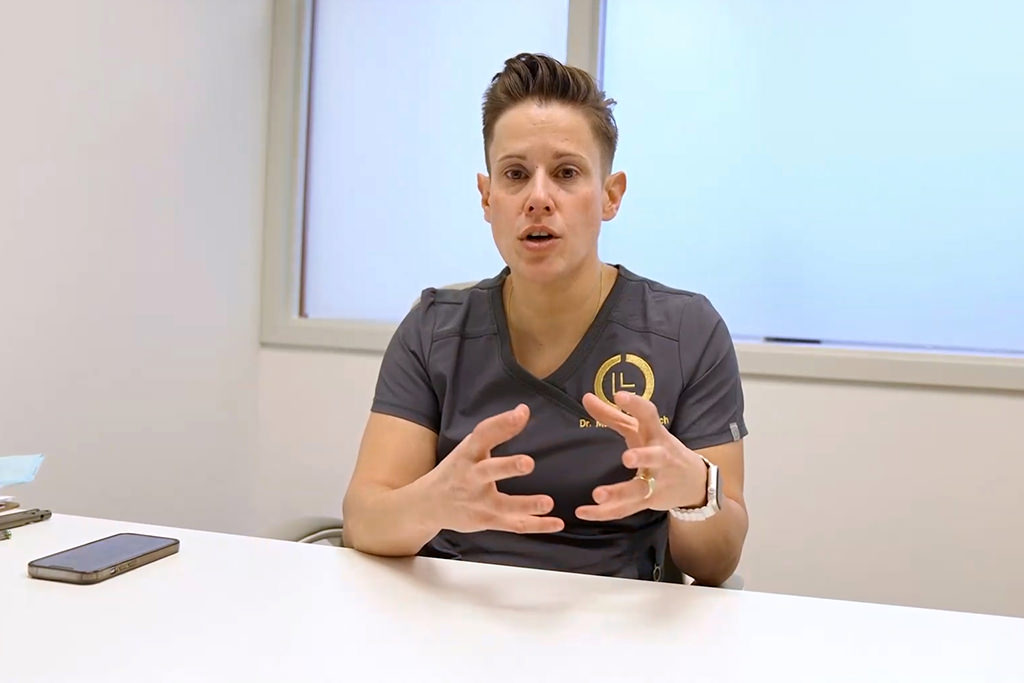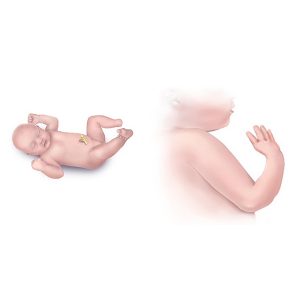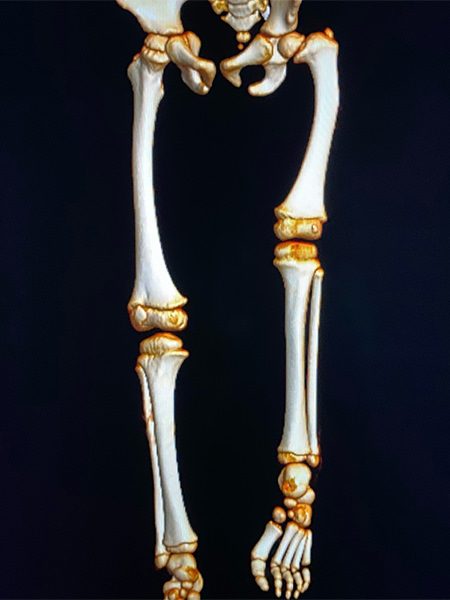Both congenital femoral deficiency (CFD) and Fibular hemimelia can be addressed using reconstructive surgeries of the hip, knee, and ankle. These procedures can be referred to as SUPER Knee, SUPER Hip and SUPER Ankle surgeries. SUPER is an acronym for Systematic Utilitarian Procedure for Extremity Reconstruction. These surgeries work to reconstruct soft tissue, realign bone, and correct contractures prior to proceeding with limb lengthening surgeries. In most cases it is preferred that patients be between the ages of 2-4, however surgery can be performed as late as adulthood as well.
Indications / Candidacy
Congenital femoral deficiency (CFD) presents a spectrum of deficiency, deformity and dysplasia of the upper femur, hip joint and acetabulum. Fibular hemimelia is a rare condition in which part of the fibula (bone in the lower leg) is missing. Both of these deformities can result in lack of integrity, instability and limited mobility of the hip, knee and ankle joints.
Good candidates for reconstructive surgeries may experience:
- Hip/knee dysplasia
- Bone deformities and malrotation
- Soft tissue contractures of the hip and knee
- A deformity that is present at birth
- Knee, hip or ankle deformity
- Limb length discrepancies




Treated Conditions
The Canadian Limb Lengthening Center offers a team of experienced surgeons, nurses and physiotherapists that make patients and their families feel supported throughout their entire treatment process. Our ability to treat complex congenital limb deformities with a holistic approach gives our patients the best possible outcomes. We pride ourselves in providing highly specialized, expert care. To learn more about Congenital femoral deficiency (CFD) and Fibular hemimelia (FH), follow the link below:
Surgical Technique
Results
Early detection and proper treatment of CFD and FH can lead to very functional and comfortable outcomes for our patients. With reconstructive treatment we can provide patients with functional joints and limbs and allow for future lengthening procedures which would avoid alternative treatments such as amputations. After treatment patients have improved gait and range of motion as well as decreased pain. Our patients see improvements in quality of life and function after surgery.


Potential Complications
As with any surgical procedure, reconstructive surgeries of the hip, knee and ankle can have difficulties and complications. In most cases, our team of specialist can address these concerns without compromising the end results or outcome. Complications and side effects may include:
- Infections
- Wound healing problems
- Malunion or non-union
- Deformities of bones or joints
- Subluxation of joints
- Arthritis
AM I A CANDIDATE?
Are you experiencing an orthopedic condition and would like to improve your physical capabilities?
Or you simply would like to achieve your long-lasting dream of improving your height?
Let us help you achieve your optimal health and wellness in a professional setting.
Let’s open up a discussion to help you achieve your goals.




Highly specialized expert care at CLLC
At the Canadian Limb Lengthening Centre we offer complex deformity correction and limb lengthening surgeries performed by experienced surgeons with the most up to date technologies. When it comes to your care, and treatment of deformity and limb length discrepancy, our surgeons have extensive training and experience.
